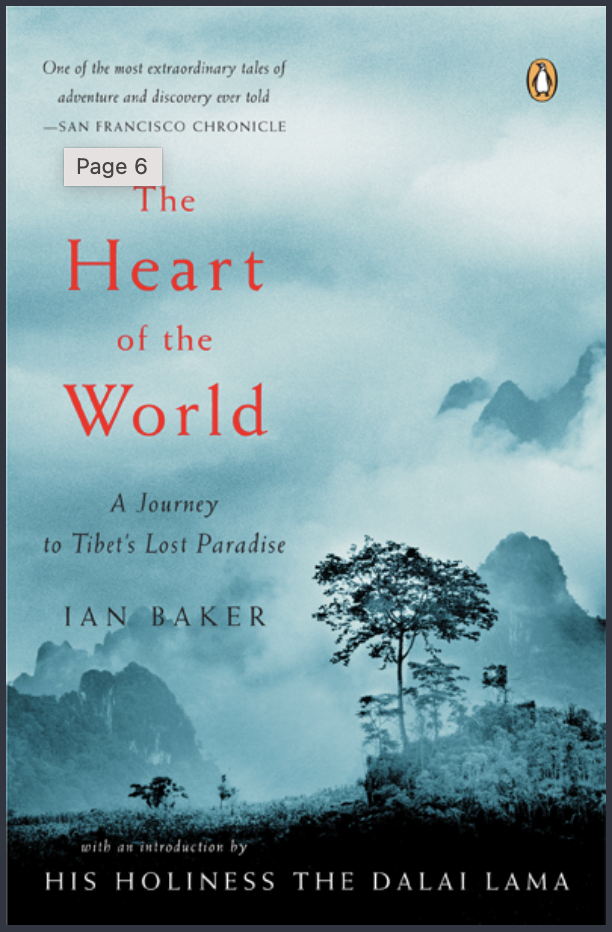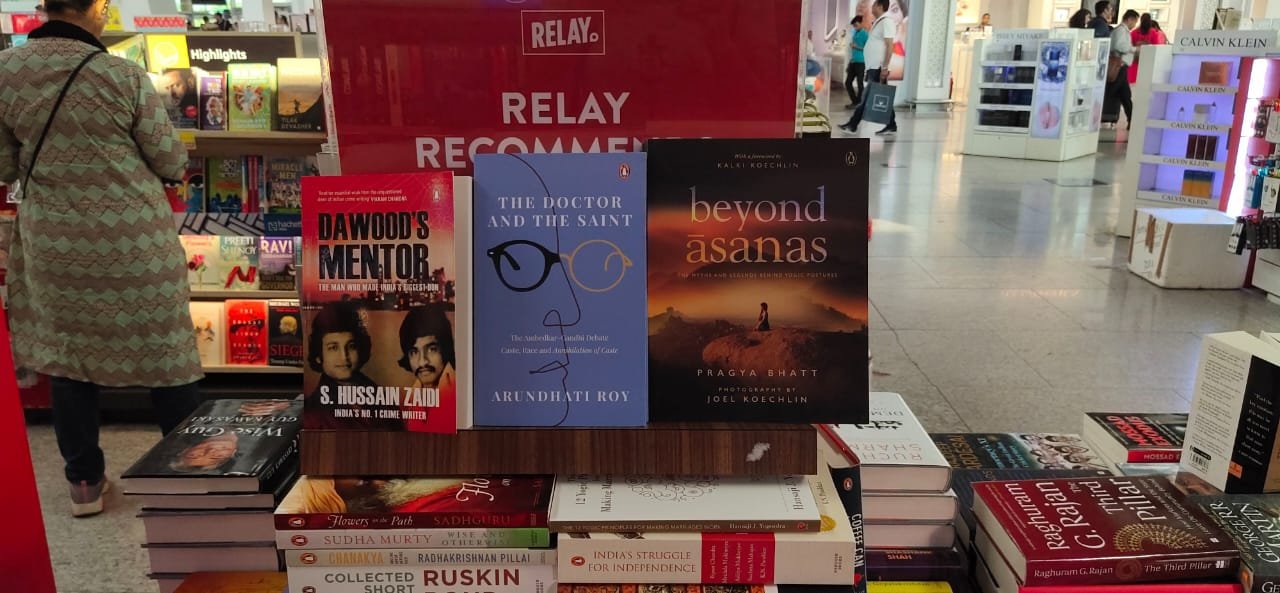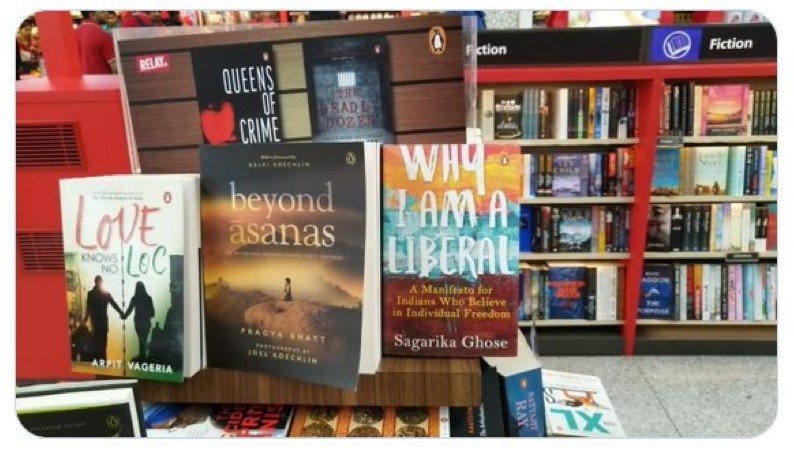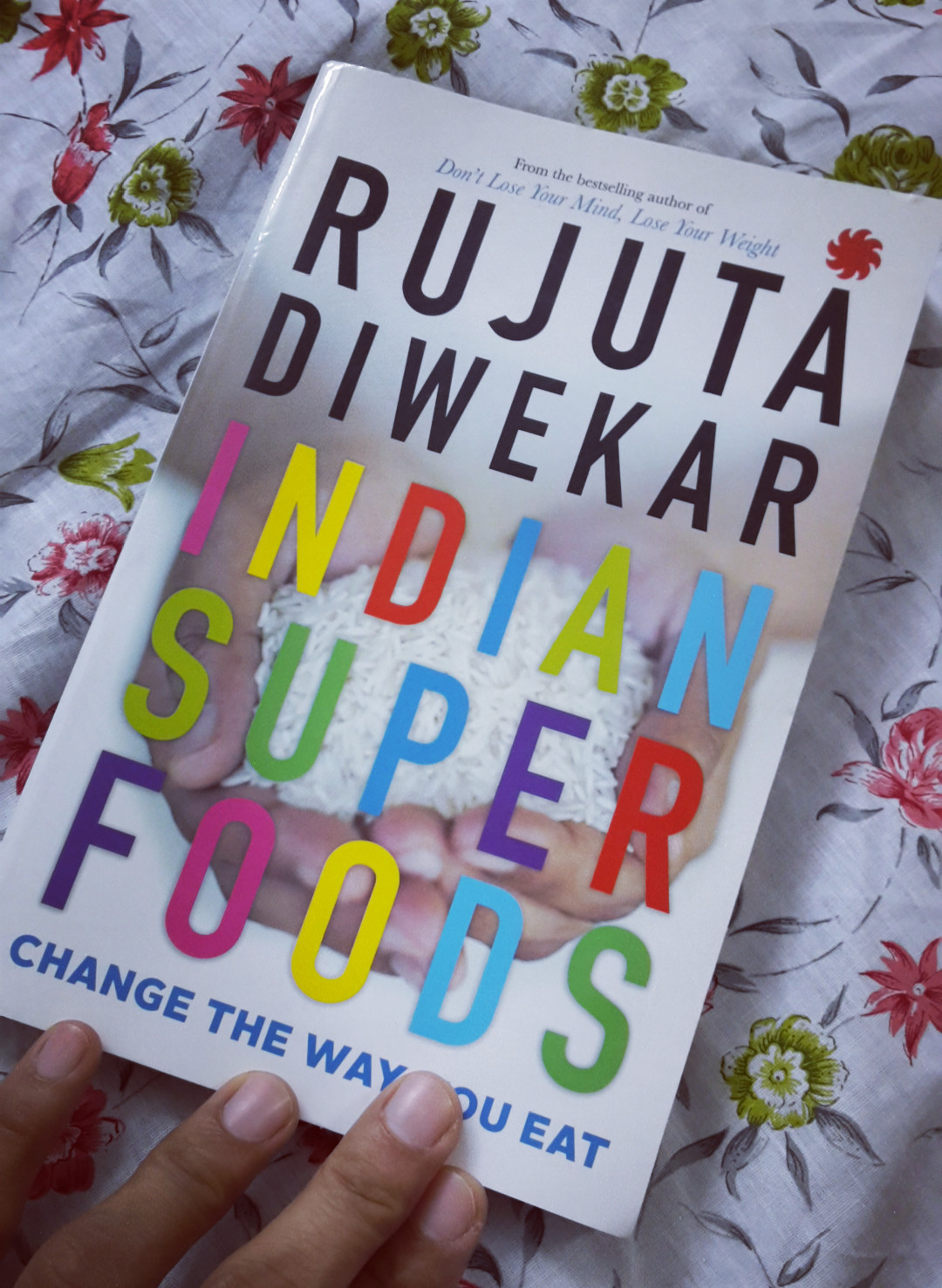[The above is one of my favorite pictures from Vietnam. Not only for its colors and huge red heart – but also because it’s at the Book Street in Hanoi – a surprise discovery we made while walking around the city.]
1. Faith of my Fathers by John McCain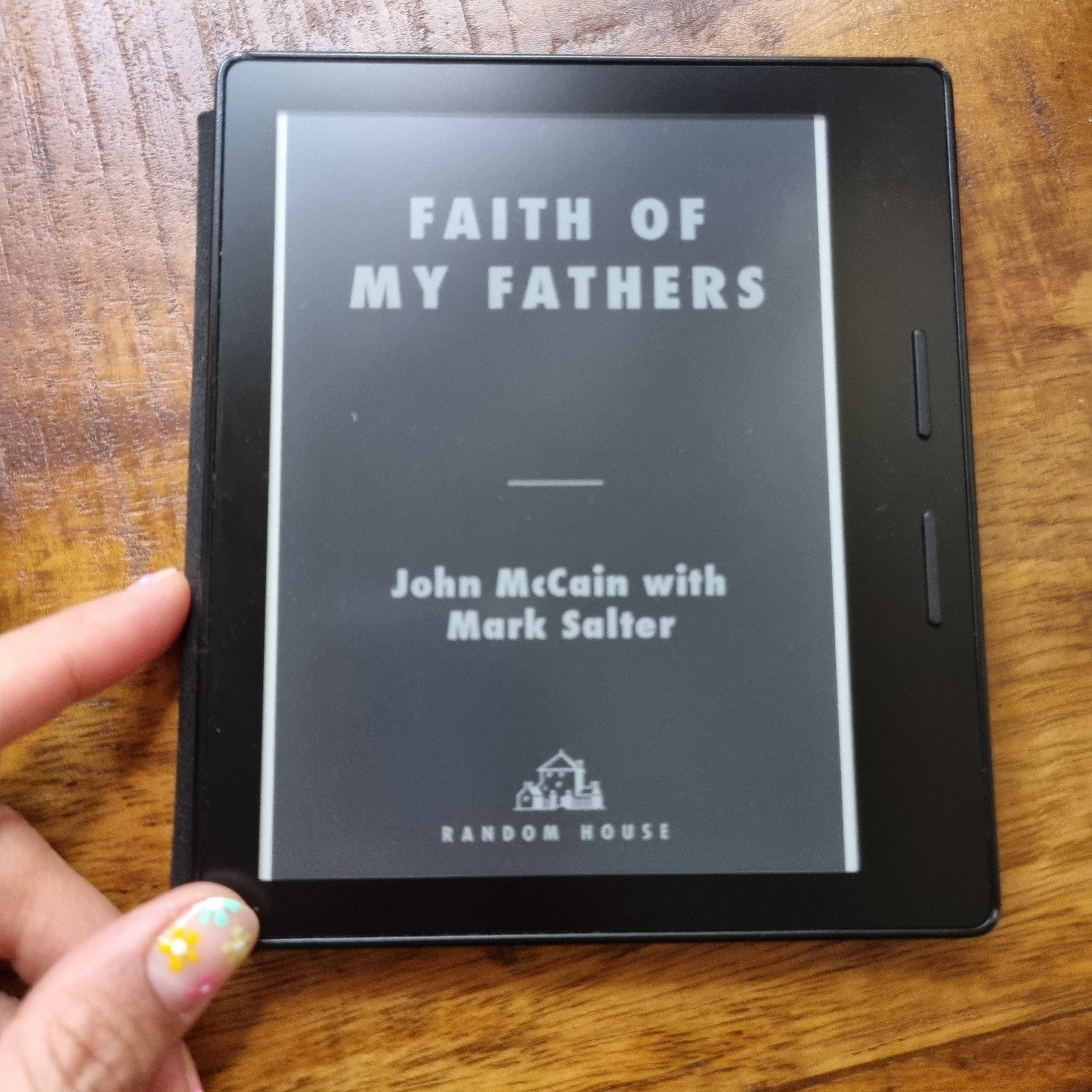
Growing up the only thing I knew about Vietnam was the Vietnam War. ‘Faith of my Fathers’, is about a soldier’s first hand experience as a PoW. The book is an autobiography and the first half is about John McCain’s father and grandfather – both highly decorated officers in the US armed forces. The book is well-written, but I’m not particularly interested in the US army and how it functions so the first half of the book was a bit dull for me. It gets more interesting when McCain writes about the 6 long years as a PoW in the Hanoi Hilton. The horrors he recounts make me recoil – and I feel the larger message of the book is about the strength of the human spirit and the value of courage and dignity. McCain spends a lot of time making fun of his Vietnamese jailers and Ho Chi Minh, and a lot of time glorifying America – I think it’s justified and it in no way detracts from the book.
“…For I have learned the truth: there are greater pursuits than self-seeking. Glory is not a conceit. It is not a decoration for valor. It is not a prize for being the most clever, the strongest, or the boldest. Glory belongs to the act of being constant to something greater than yourself, to a cause, to your principles, to the people on whom you rely, and who rely on you in return. No misfortune, no injury, no humiliation can destroy it.”
2. The Sorrow of War by Bao Ninh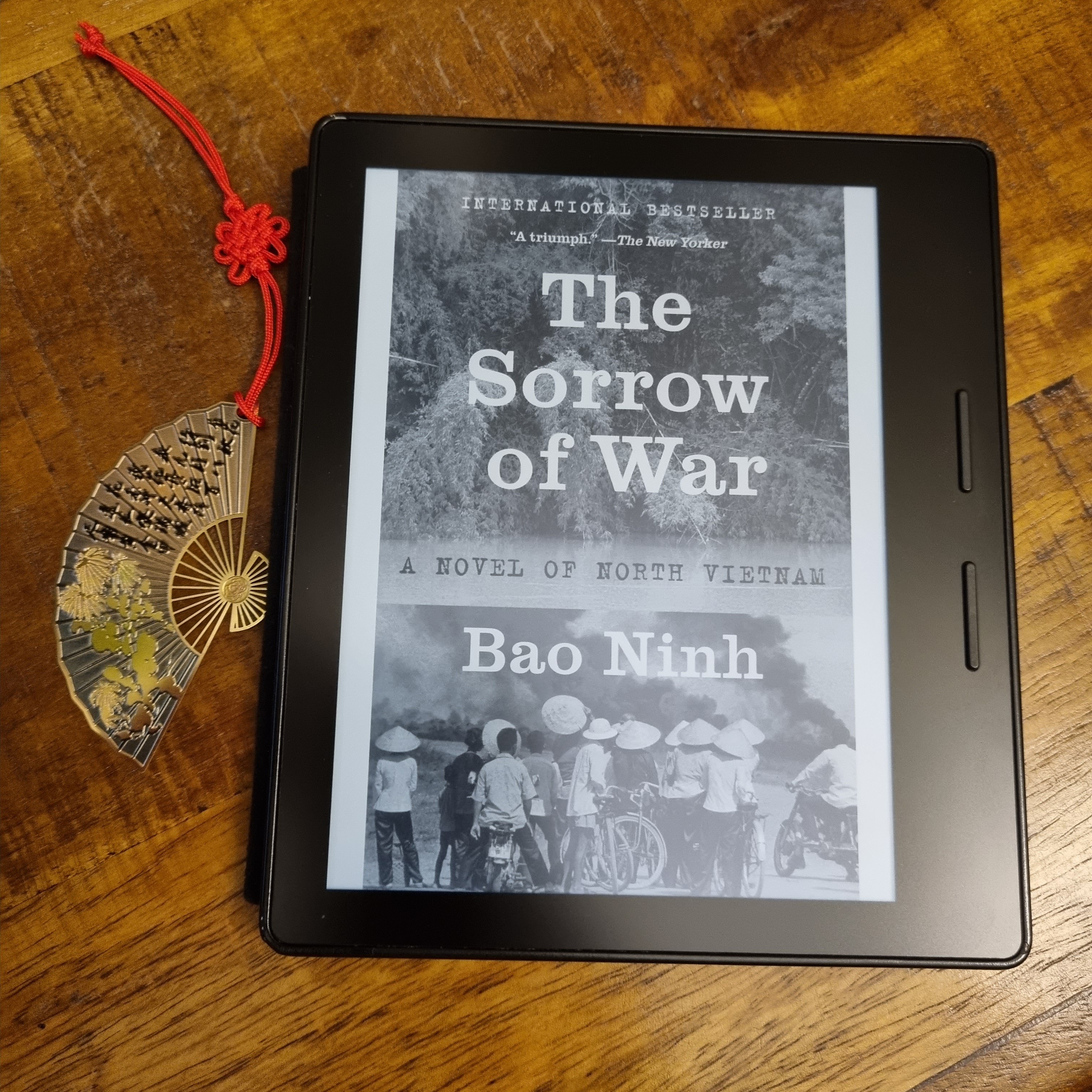
“If a cluster of napalm bombs were dropped, the jungle would turn into a sea of fire. Can you imagine a sea of fire?”
Bao Ninh joined the Vietnamese army at the age of 17. He served in the Glorious 27th Youth Brigade. In 1969 he joined the Vietnamese war against the Americans, and of the five hundred soldiers who went to war, Bao Ninh was one of the ten who survived. ‘The Sorrow of War‘ is based on his experience of the war and was initially banned in Vietnam. It contextualised history that was until now only facts and figures for me. More than that, this book is about what happens when people are denied basic rights, and the cost of freedom. The book is hard hitting, honest, brutal, depressing and frightening. And I can’t recommend it enough.
3. Hanoi, adieu by Mandaley Perkins
It’s easy to find books about the Vietnam War (or the American War as it’s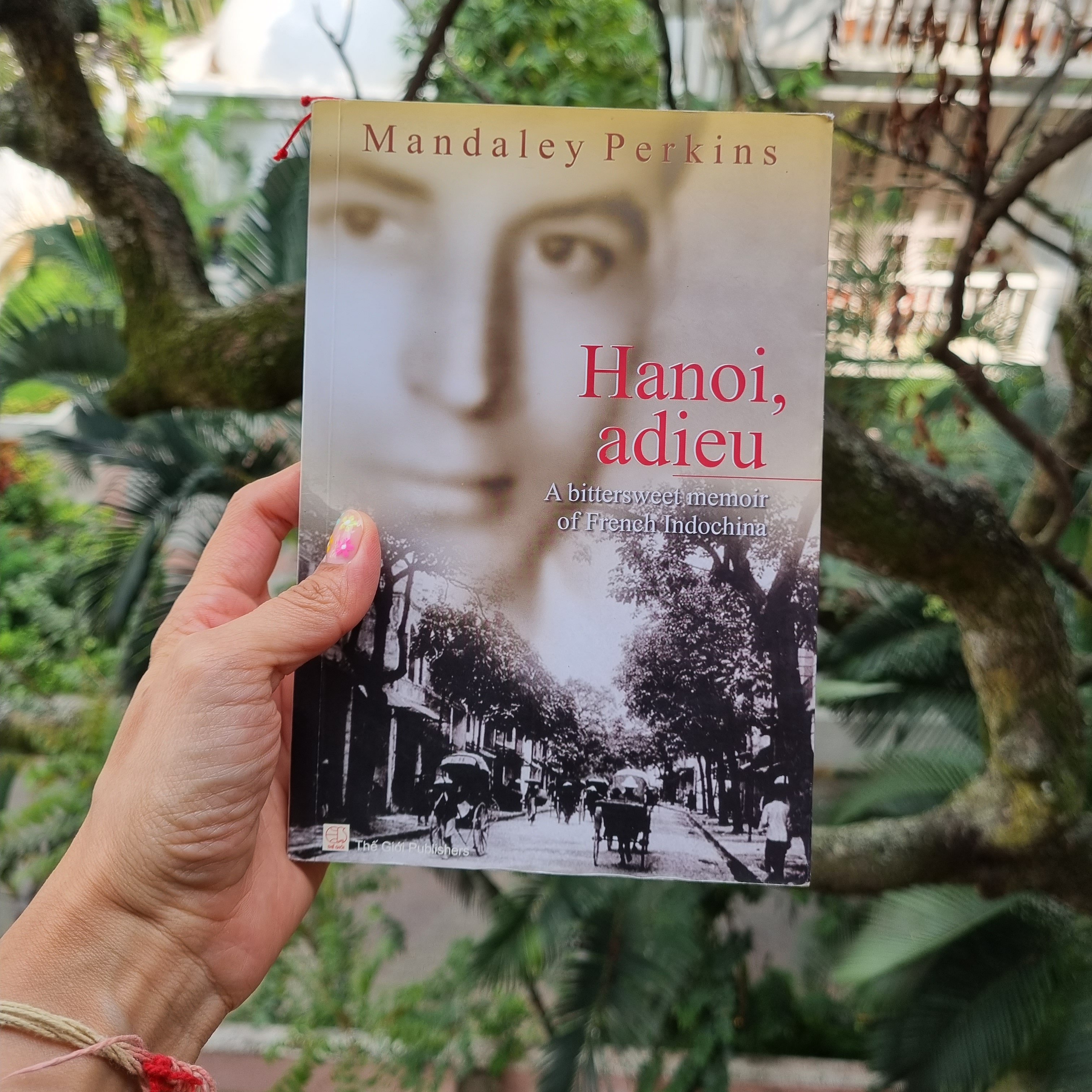 called in Vietnam), but it’s hard to come across books about the French colonial part of Vietnamese history. This book bridges that gap. It follows the coming of age of Michel L’Herpiniere (the writer’s grandfather) in French Indo-China. Michel grows up in the rich and privileged French community of Vietnam and lived through the downfall of the French Empire. He enlists in the army as a young man and fights in the various skirmishes and uprisings that occur during the last few year of the French rule in Vietnam. The story is alive with descriptions of
called in Vietnam), but it’s hard to come across books about the French colonial part of Vietnamese history. This book bridges that gap. It follows the coming of age of Michel L’Herpiniere (the writer’s grandfather) in French Indo-China. Michel grows up in the rich and privileged French community of Vietnam and lived through the downfall of the French Empire. He enlists in the army as a young man and fights in the various skirmishes and uprisings that occur during the last few year of the French rule in Vietnam. The story is alive with descriptions of
Hanoi in the 40s, such as the markets and bazaars, daily life for the French and the Vietnamese, Michel’s deep friendship with the Vietnamese and French alike, along with his deep understanding of both cultures. There are several themes that I found fascinating, the main one being that of identity and how the places we grow up in and call home form our identity, sometimes even more than our nationalities do. The book covers the period between September 1940 to May 1954, which is when the French finally withdrew from Vietnam. Because we hardly study Vietnamese history in school, what really helped me put the history in context was thinking in terms of what was happening in India during this time.
If you’re traveling to Hanoi you should definitely read this book for it’s vivid descriptions of the Old Quarter – which is where we stayed while in Hanoi. When I look through photos my photos of Hanoi now, I don’t think only of what I saw and experienced, but also the rich, varied and decidedly bloody history of this quaint country.
I often go to local bookshops when I’m traveling to a new place to hunt for books by local authors. Vietnam has a vibrant culture of literature (Hanoi even has a Temple of Literature!) and a Book Street (a serendipitous find). While looking for a stall selling books in English we ran into a young book lover who told us he’s attended a lecture by Bao Ninh and then told us to head over to the Bookworm where we would have better luck finding books in English. Sure enough, I found ‘Hanoi, adieu’ in their well-stocked racks.
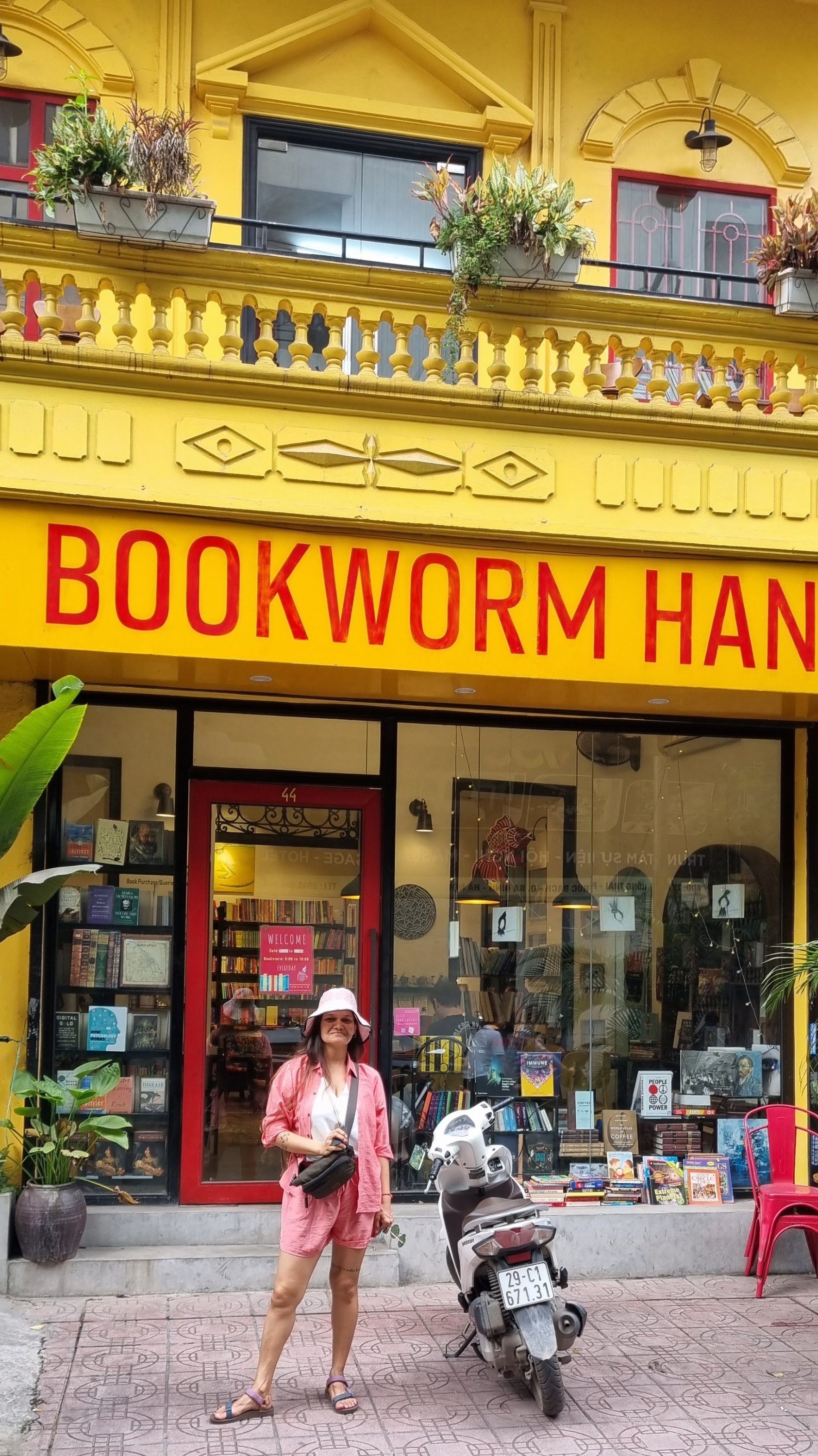
Always happy exploring bookstores.
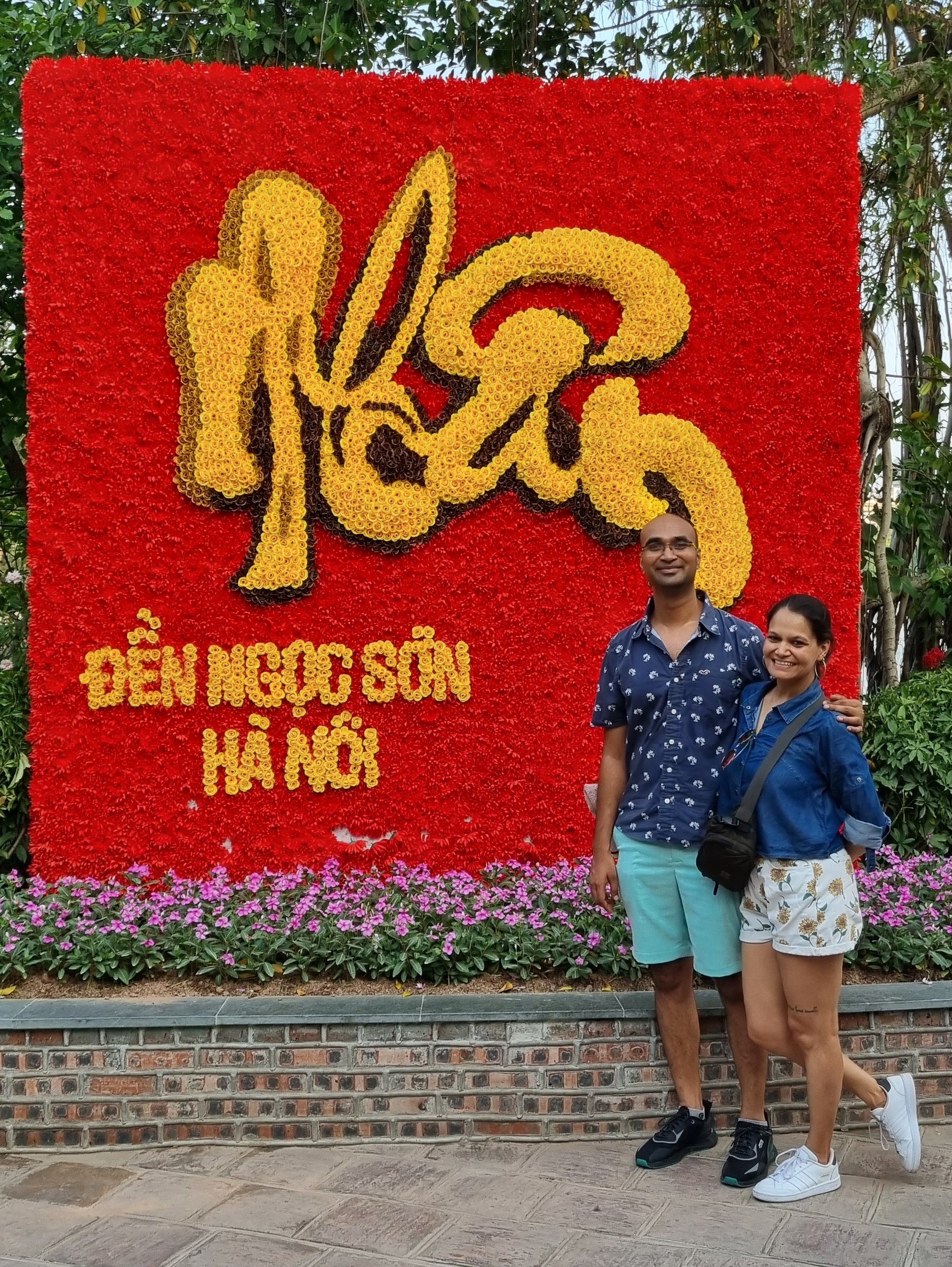
At the temple of Literature in Hanoi, also known as the Confucius Temple.
4. In Country by Bobbie Ann Mason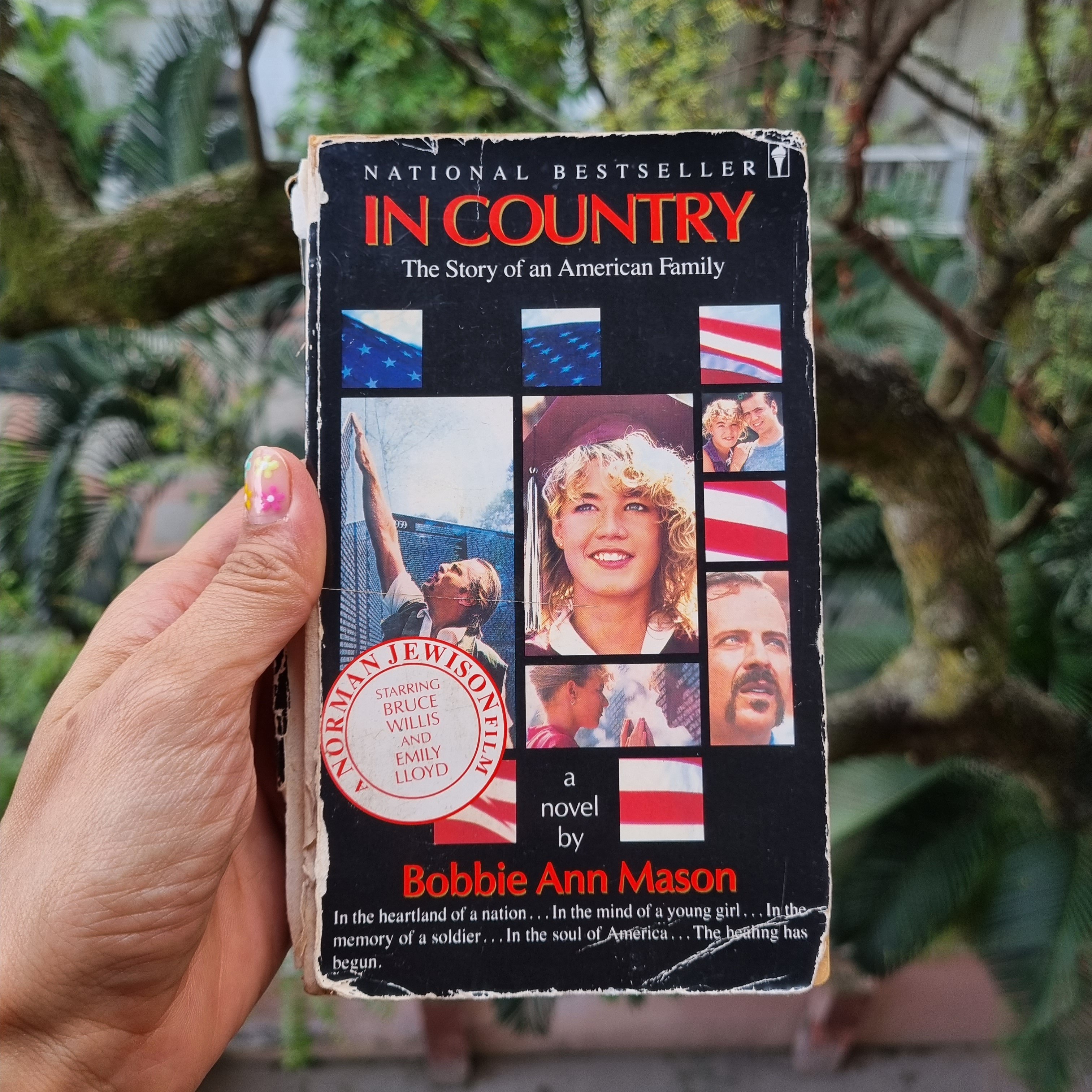
‘In Country’ looks at what happened to American soldiers after their return from Vietnam. It’s an honest look from the point of a view of a young girl called Samantha Hughes, whose father dies in the Vietnam War. She’s trying to piece together what happened to him in Vietnam – and she’s just not satisfied with what she hears from others. Her uncle Emmett has also been in the war and its changed him and all his friends. The depiction of veterans and their struggle is raw and visceral. In Ho Chi Minh City we spent some time at the War Remnants Museum and saw the destruction from the Vietnamese point of view. Through ‘In Country’ we see that no one is spared the horrors of war.
This is another book I bought at the Book Worm bookstore in Hanoi. I’m looking forward to watching the movie – unfortunately I haven’t found it on any of the streaming platforms in India.
5. She is a Haunting by Trang Thanh Tran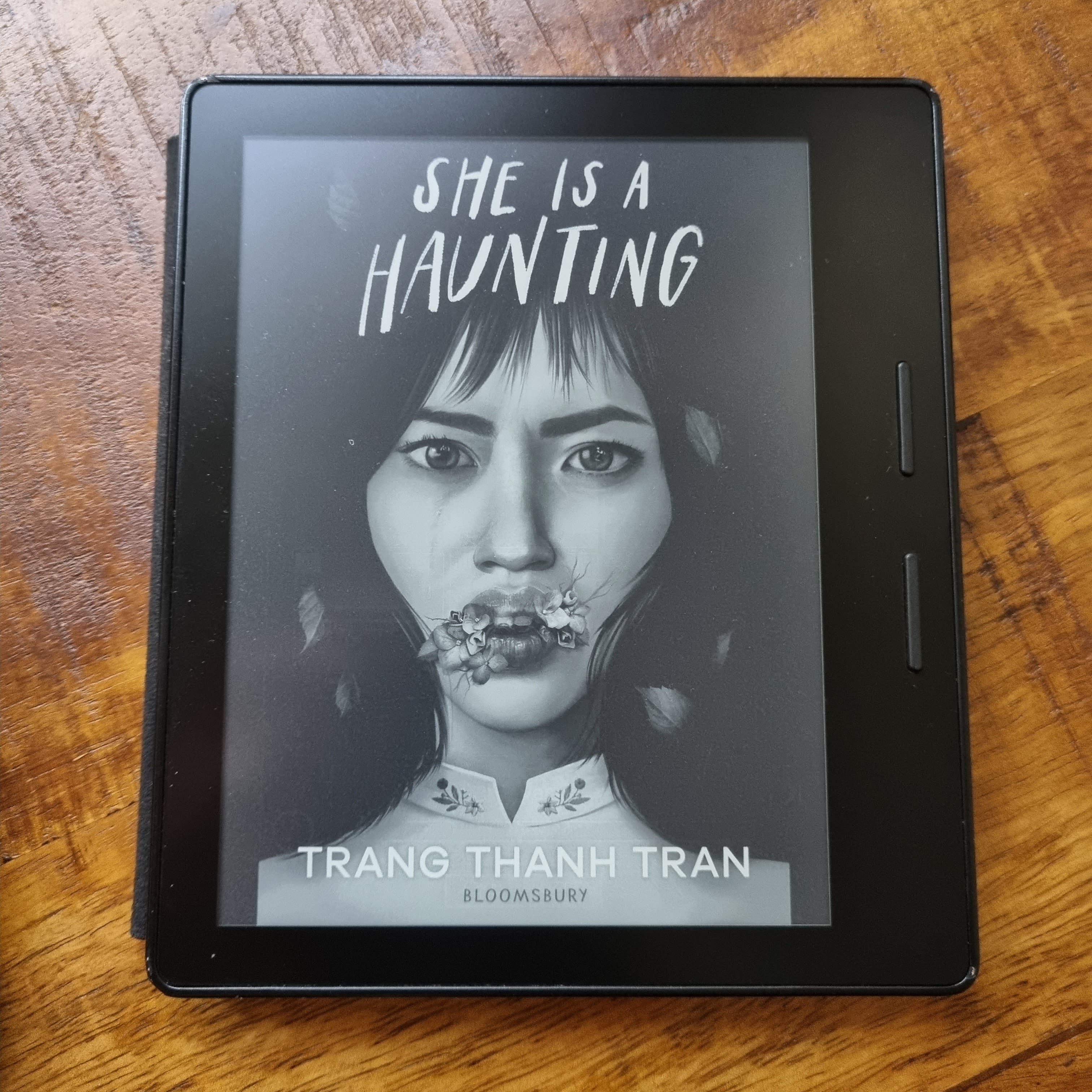
Horror is my favorite genre and this book didn’t disappoint. This is Tran’s debut novel, and I think the reason it’s so well written is because the author herself enjoys the horror genre. The main character is a Vietnamese American girl and Tran undoubtedly uses her personal experiences to bring the character to life.
I will say though that it helps to be familiar with the landscape of Vietnam and a little of its history to really connect to the book. A little familiarity with the Vietnamese culture would also help. That said, I really liked the writing. This is one living, breathing, pulsating book. It has all the elements of the classic gothic novel and the rich, florid descriptions of man vs nature gives it a Guillermo Del Toro-ish feel. I also appreciated that this book referred to the French colonial history of Vietnam, which is relatively lesser known but also very interesting.
6. The House on Dream Street by Dana Sachs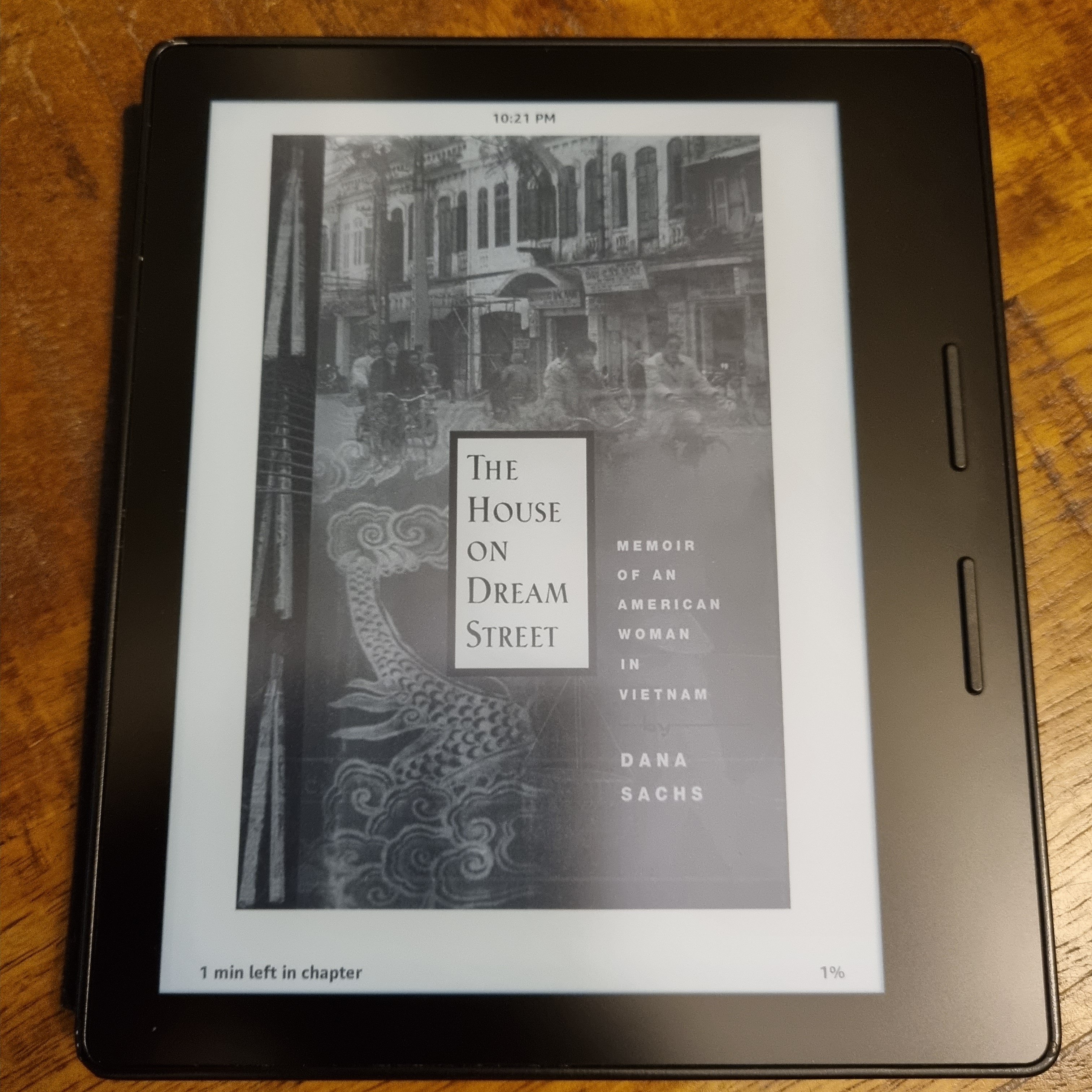
This book is set in 1992 and is a sort of travelogue. Dana Sachs lived in Vietnam on Dream Street in 1992 for six months. This book chronicles her time trying to learn the language, make friends, eke out a living, fall recklessly in love and realise just how crazy that was and quickly fall out of love. Although the book is well written and interesting, I found it superficial at times. I felt that for someone claiming to be in love and deeply interested in a country and its culture – the author seemed to at times look down on the culture and even come across as ignorant. I think direct comparisons between her life in the US and life in Vietnam, or comparisons between the American thought process and the Vietnamese thought process happened a bit too much – maybe she was trying to contextualise her experience for American readers, but explaining the same thing without using comparison would have made her sound more well informed. Also – the part where she visualises herself marrying the motorcycle mechanic she is in love with and actually living in his makeshift hut with the rest of his family was exasperating. I think readers from South East Asian countries would understand why I was rolling my eyes during that bit.
7. Prison Diary by Ho Chi Minh
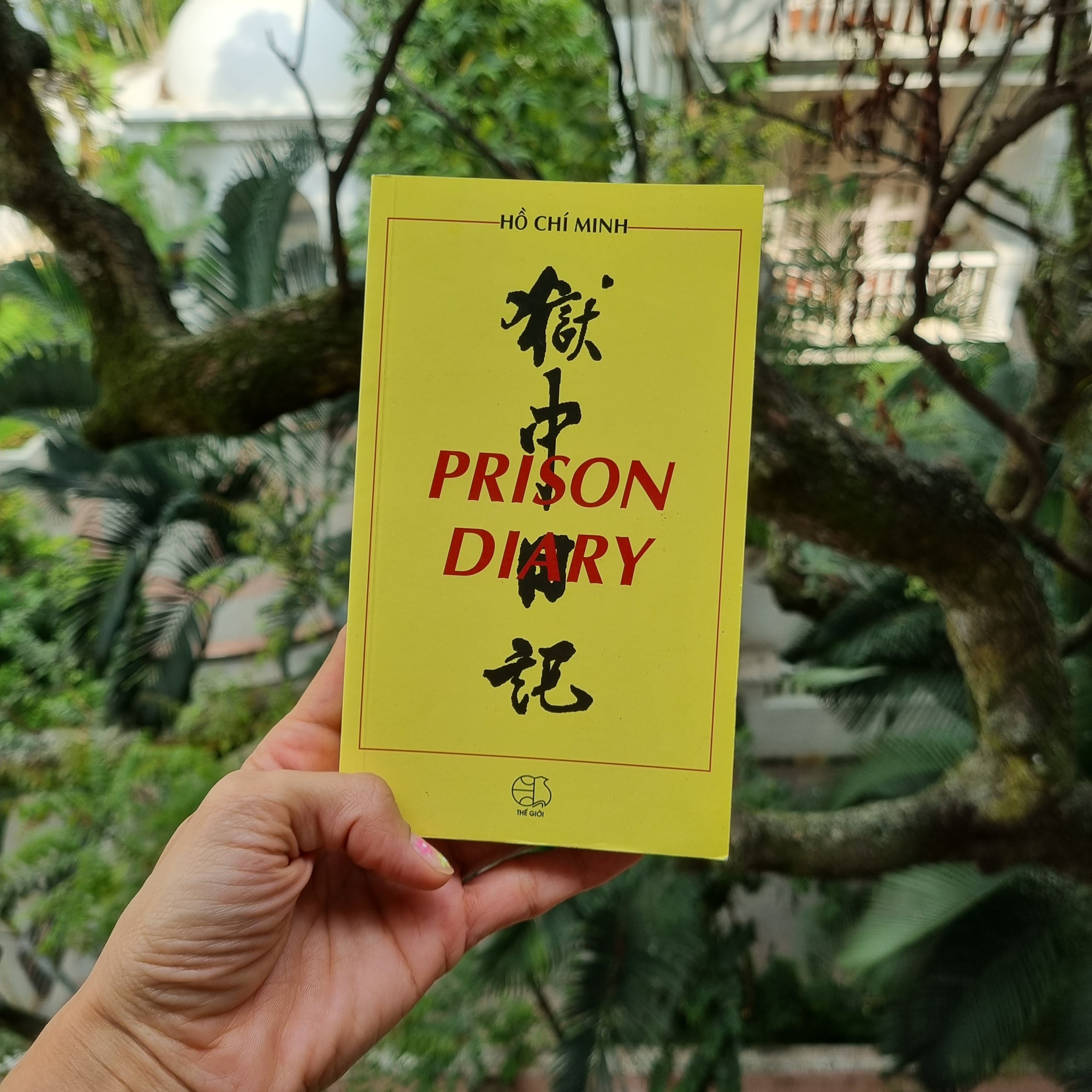
I bought this book at the gift shop in the Hỏa Lò Prison (the Hanoi Hilton). It’s published by The GIOI Publishers (of Hanoi) and is a collection of poetry by Ho Chi Minh. The poetry was originally written in Chinese and has been translated into Vietnamese and English (all the translations are in the book). It’s said that history is written by the victors. But with access to information like never before, we have the luxury of exploring different sides of an issue. Was Ho Chi Minh a despot who would use any and all means at his disposal to get what he wanted? Or was he a patriot who sacrificed everything he had for a free and independent Vietnam? This book gives an intimate insight into a man considered one of the greatest leaders of the 20th century. This collection contains poetry on his observation about the human condition, his beliefs about freedom and nationhood and also his experiences as a prisoner in various Chinese jails.
Thinking of a Friend
That day you went with me to the edge of the river.
“When will you be back?” – “When you see the rice ripen.”
But now that the fields have been ploughed for the next season,
In a foreign land I still remain a prisoner.
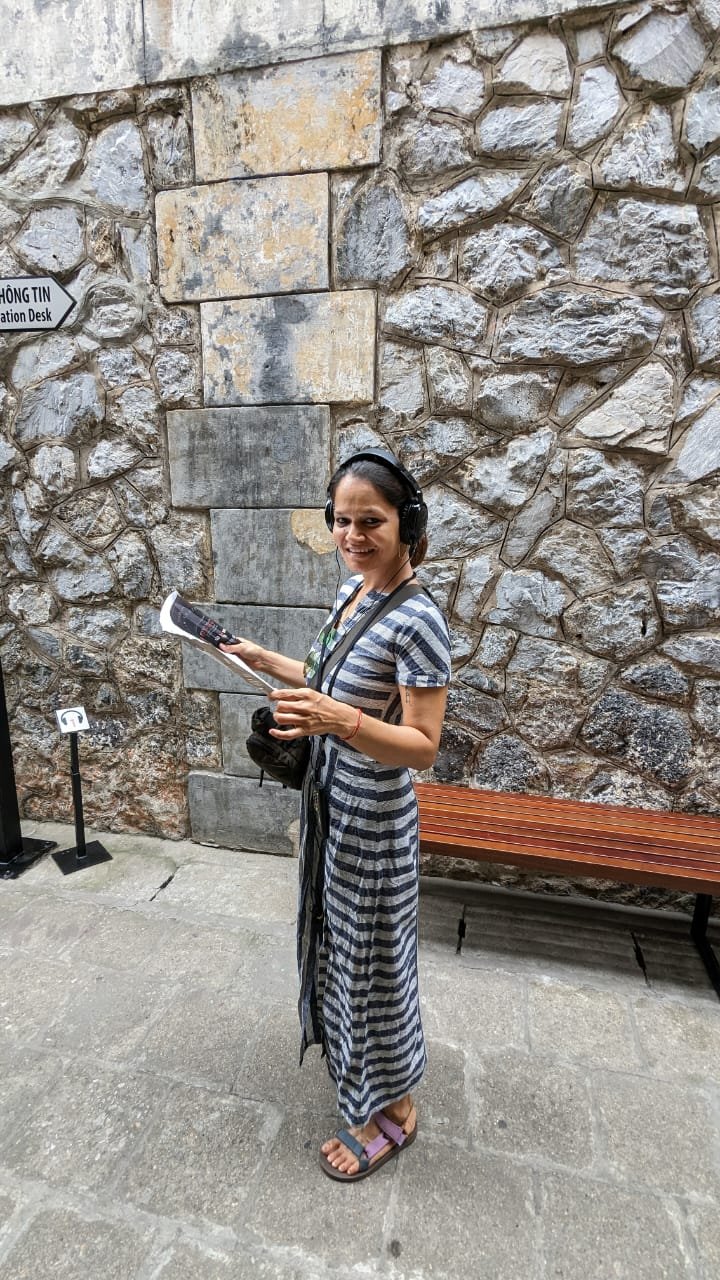
Animesh claims I spent 5 hours here with the audio guide. I’d have to disagree (at least it didn’t feel that long).
It’s great to research travel blogs and forums whenever you’re about to travel to a new country. But I find reading books about the place gives you a deeper understanding and contextualises the country a lot more for travellers.

